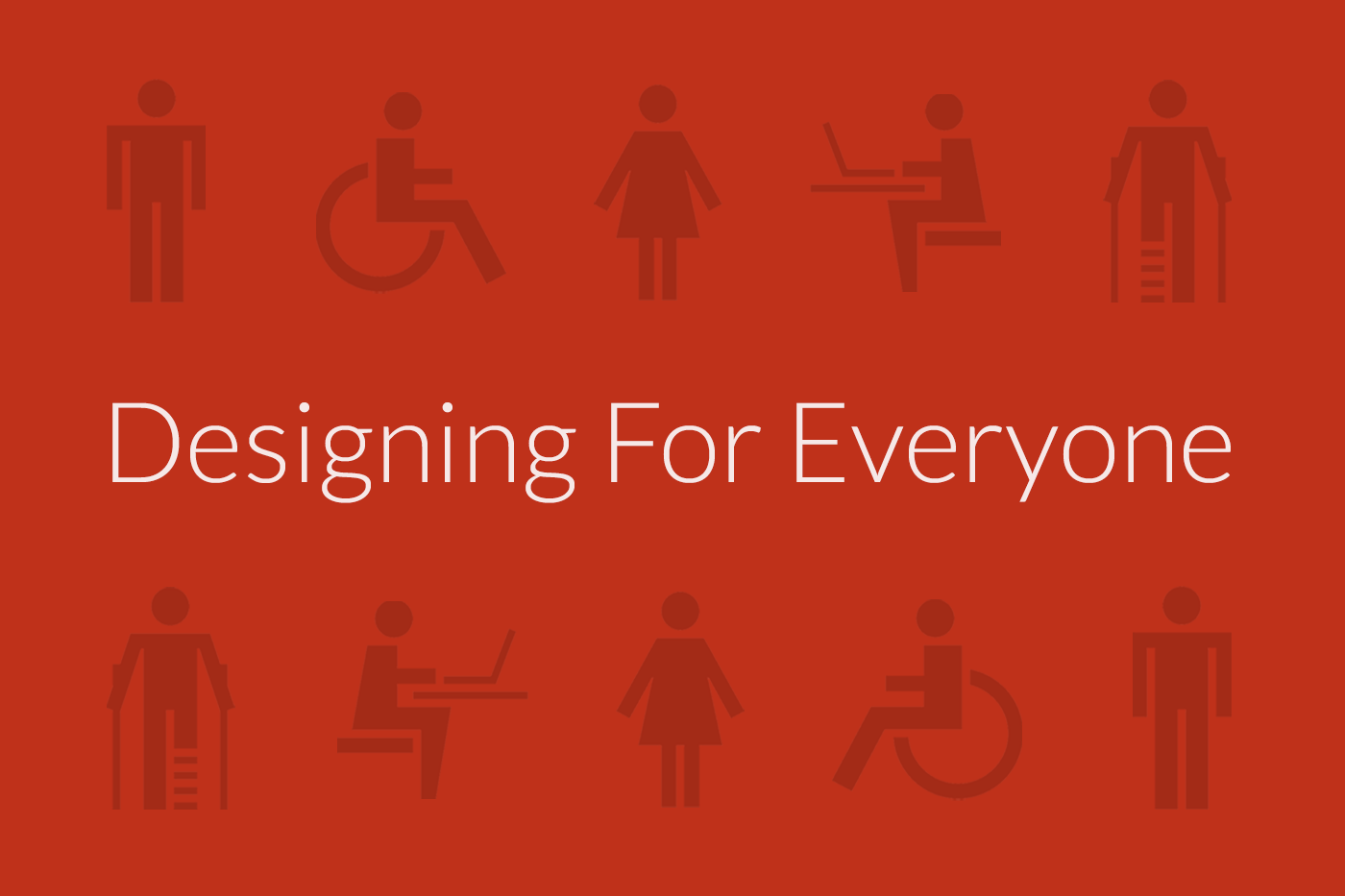Designing for everyone: creating a more inclusive web
Published - 9th April 2018

Most of us navigate and use websites without a second thought, encountering issues only with matters like slow loading times and broken links. But for some web users, a lack of accessible design puts insurmountable barriers in their path.
What is the problem?
In the UK there are 13.3 million people registered as disabled, which equates to around 1 in 5 people. This includes categories such as auditory, cognitive, physical, speech and visual disabilities and can range from a mild or moderate impairment to something much more severe.
A large proportion of these people use the web every day for common tasks such as reading the news, catching up on social media or making online purchases. Some of these people also use assistive technology to help them browse the web such as a screen reader, screen magnifier or speech input software.
In the physical world, we have many common accessibility solutions such as elevators, ramps or the Blue Badge parking scheme but the idea of accessibility isn’t as prevalent in the digital space. This means people with a disability may face barriers which prevent them from accessing content or completing a task online. Common accessibility problems include poorly structured documents, missing form labels or hidden focus states.
How can we help?
Microsoft recently published a great set of design guidelines known as Inclusive Design Principles. These documents describe how to design for a range of differing abilities and also how improving the experience for one type of person can often benefit others in unintended ways. For example, by ensuring a website has good colour contrast, it makes text easier to read for those with a visual impairment but also for people who have a low-quality screen or are reading in bright sunlight.
Here at Harris, we’ve been working to make our client websites more accessible for all users. By fostering an inclusive approach to design, we can help businesses reach a broader audience, improve brand goodwill and improve the user experience for everyone.
Need help with your website? Our experienced team is here to help you through the process. Get in touch for more information.
Harris »